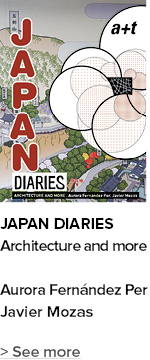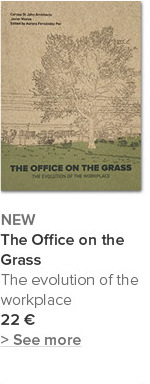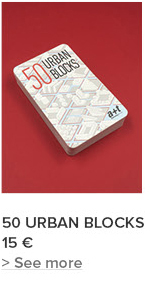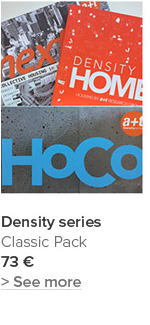Frei Otto, Günther Behnisch. Olympic Stadium. Munich
December 17, 2009

In a conversation which took place with Juan María Songel (GG Barcelona, 2008 p 91) Frei Otto regrets that the Olympic stadium roof could not be lighter, owing to the necessity to adapt it to a form previously designed by the winner of the competition, the architect Günter Benisch.
The engineer's desire was to achieve minimum impact on the park, like a veil laid over the hill. For the first time in his experimentation with cable mesh nets, the form was not generated by natural physical processes, but by a preconceived design.
Photos taken by a+t.
Frei Otto, Günther Benisch
Olympic Stadium
Olympiapark
Munich 1972
















RELATED POSTS
|
|
|

























 I've read and agree to
I've read and agree to 


